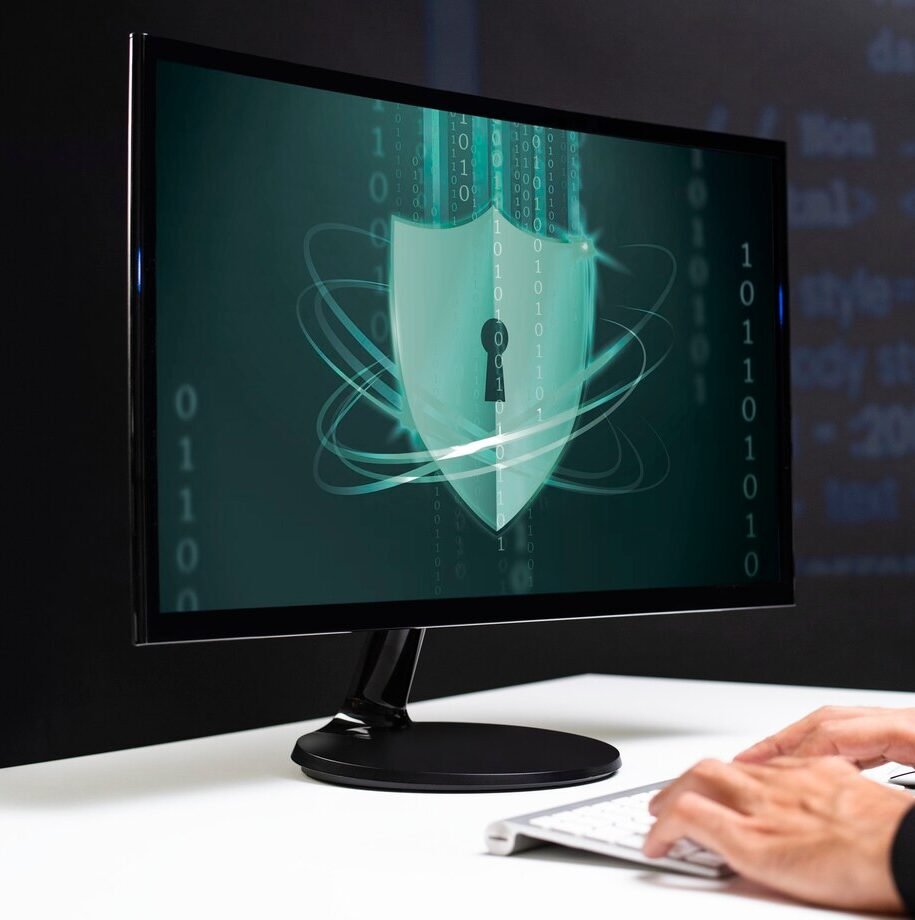IPv4 vs. IPv6: What’s the Difference?
There are two main types of IP addresses in use today:
-
IPv4 – The most commonly used format (e.g., 192.168.0.1), consisting of four sets of numbers separated by periods.
-
IPv6 – A newer format that allows for many more devices (e.g., 2001:0db8:85a3:0000:0000:8a2e:0370:7334).
IPv4 is still widely used, although it has limitations in the number of unique addresses it can generate.
Understanding the Format of IPv4
IPv4 addresses are written in dotted-decimal format. Each section, or octet, is a number between 0 and 255.
For example:
So, any number above 255 in any segment makes the address invalid.
Is “185.63.2253.200” a Valid IP?
The short answer: No.
The reason is simple — the third octet “2253” is invalid because it’s greater than 255. As mentioned earlier, IPv4 addresses must stay within a strict range.
Why Do Invalid IPs Appear?
There are several reasons why invalid IPs like 185.63.2253.200 show up:
-
Typos or User Error: The most common reason.
-
Fictitious Examples in Articles or Movies: Sometimes fake IPs are used for illustration.
-
Software Bugs or Input Errors: Misconfigured software may generate invalid IPs.
-
Obfuscation or Data Masking: To avoid sharing a real IP, some people deliberately change digits.
Common Mistakes in Writing IPs
-
Adding extra digits (e.g., 999.999.999.999)
-
Leaving out a section (e.g., 192.168..1)
-
Using symbols or letters
-
Mixing IPv4 and IPv6 formats
Always remember, each number in the sequence must be between 0 and 255 and no letters or special characters are allowed.
How to Validate an IP Address
Want to check if an IP is valid? Use one of these methods:
-
Online IP Validators – Just paste it into a tool like iplocation.net
-
Regex Patterns – Developers use regular expressions to detect and filter invalid IPs.
-
Manual Check – Break it down and ensure each segment is within the 0–255 range.
Who Assigns IP Addresses?
The Internet Assigned Numbers Authority (IANA) is responsible for global IP allocation.
From there, Regional Internet Registries (RIRs) distribute them to:
-
ISPs (Internet Service Providers)
-
Organizations
-
Hosting Providers
What is Geolocation via IP?
IP addresses can reveal approximate geolocation, such as:
-
Country
-
Region or state
-
City
-
Internet Service Provider (ISP)
So, if you see 185.63.253.200, a lookup might tell you it’s from a data center in Europe.
Can You Track Someone Using Their IP?
Yes — but only partially.
You can track:
-
The general geographic area
-
The ISP
-
Whether it’s a data center, mobile network, or home router
But not the exact person or physical address unless you’re law enforcement with legal authority.
Static vs. Dynamic IP Addresses
-
Static IP: Never changes. Often used for servers.
-
Dynamic IP: Assigned temporarily by your ISP. Changes periodically.
Most home users have dynamic IPs. That’s why your IP may look different from yesterday.
What Are Private and Public IPs?
-
Private IPs: Used within your home or business network (e.g., 192.168.1.1)
-
Public IPs: Used to communicate with the internet (e.g., 185.63.253.200)
Private IPs aren’t routed on the internet and are assigned by your router.
IP Addresses in Cybersecurity
Hackers often use IPs to:
-
Launch DDoS attacks
-
Scan for open ports
-
Break into unsecured systems
That’s why firewalls, VPNs, and threat monitoring tools are crucial in defending networks.
IP Spoofing and How It Works
IP Spoofing is when attackers disguise their IP address to look like it’s coming from somewhere else.
It’s like sending a letter with someone else’s return address — meant to confuse or mislead the recipient.
Used in:
-
DDoS attacks
-
Man-in-the-middle attacks
-
Bypassing filters
Conclusion
So, while 185.63.2253.200 is not a valid IP address, it serves as a powerful reminder of how precise internet communication really is. IPs are the unsung heroes of digital connectivity — from geolocation and security to daily browsing.
Understanding how they work helps you stay safe, informed, and connected in the ever-evolving digital world.
